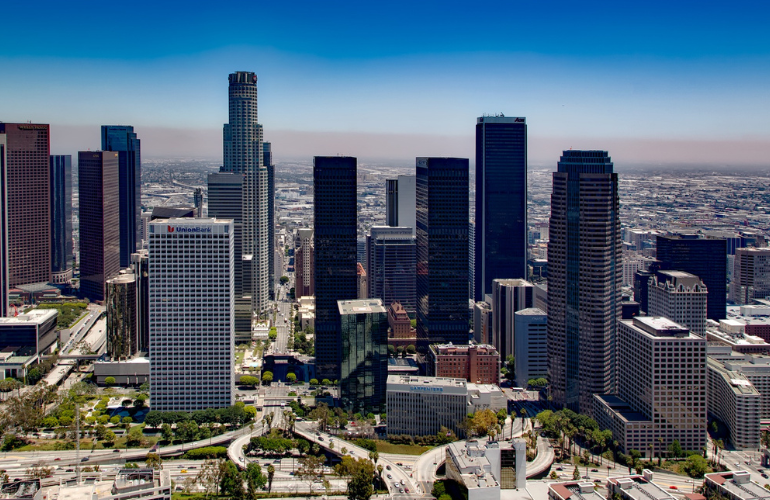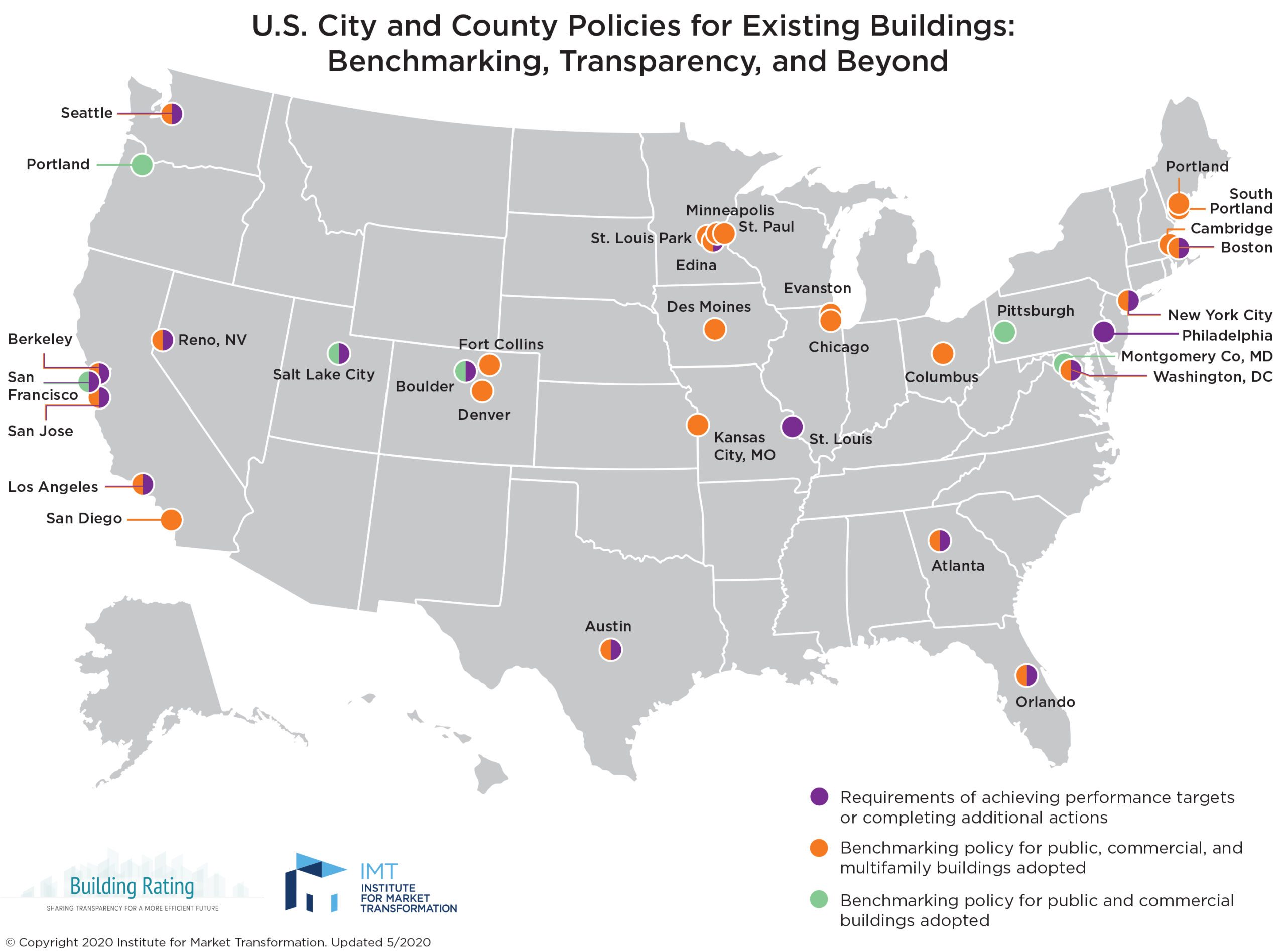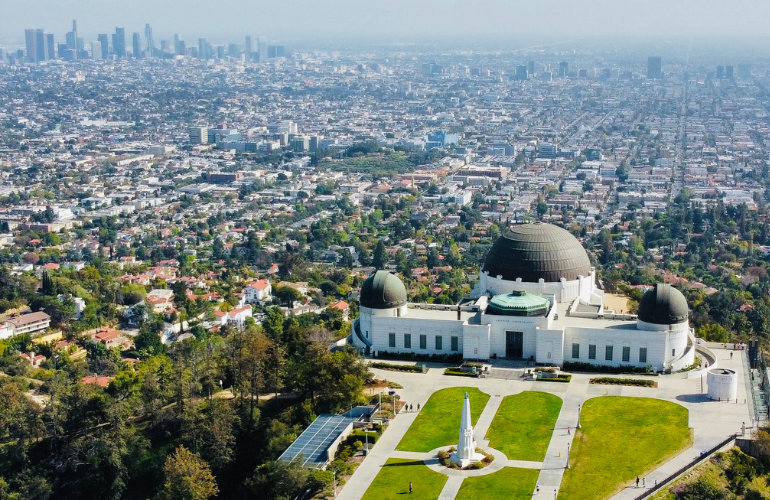Chula Vista, CA joins a growing list of municipalities with building benchmarking and performance targets.
Chula Vista is the second-largest city in the San Diego metropolitan area and known as, “the lemon capital of the world”. It’s marine to mountain biodiversity and urban landscape requires the city to prioritize the unique challenges to the local community, on how it consumes and conserves natural resources. Which is why they are all-in on their 2017 Climate Action Plan. That and, it’s what all cities should be doing. As a building compliance service provider, we want to break down the why, what, who, when, and how of the ordinance, because we like to help!
WHY: Chula Vista Climate Action Plan
The 2017 Chula Vista Climate Action Plan is exemplary, with clear objectives and holistic strategies targeting clean growth, transportation, infrastructure, urban forestry, and energy, water, and waste reduction. Through the Plan, the city has committed to reducing greenhouse gas (GHG) emissions to 15% below 2005 levels by 2020 and 55% below 2005 levels by 2030.
WHAT: Building Energy Saving Ordinance
One of the Climate Action Plan strategies to energy conservation in existing buildings comes as a familiar code and, for Chula Vista, is known as the Building Energy Saving Ordinance (BESO). Where cities like Los Angeles currently take a two-pronged approach: benchmarking and performance reporting, Chula Vista goes a step further to include minimum improvement requirements and transactional disclosure when applicable.
We’ll call it the 1-5-10 Rule:
- Every (1) year - ENERGY STAR® benchmark your building
- Every five (5) years - meet conservation (performance targets) or audit (A/RCx) requirements
- Every ten (10) years - demonstrate that your building is meeting the mandatory minimum improvement requirements
WHO: Owners of 20,000+ Sq.Ft. Multifamily & Commercial Buildings
Section 15.26.050 of the Municipal Code now requires multifamily and nonresidential buildings of at least 20,000 square feet to comply with the above Rule. The law and subsequent non-compliance fines apply to the owner, aka title holder of the property. The owner is responsible for maintaining all records related to their reporting. There are, of course, exemptions. Download our info sheet for a full list, but here are exemptions by building type:
- Residential buildings with less than five (residential) utility accounts
- Local and federal owned buildings
- Buildings owned by the Metropolitan Transit Service, Chula Vista and Sweetwater School Districts
WHEN: As Soon as January 2022
There is a gradual implementation of compliance reporting; however, benchmarking submission should be available starting in January. We’ll go back to the 1-5-10 Rule below, giving you a basic guideline:
(1) Annual Benchmarking First Due Date:
- March 20, 2022 - Buildings 20,000 - 49,999 Sq.Ft.
- May 20, 2022 - Buildings 50,000+ Sq.Ft.
(5) Year Conservation Requirements First Due Date:
- Beginning 2023 or later - Buildings 50,000+ Sq.Ft.
- Beginning 2026 or later - Buildings 20,000 - 49,999 Sq.Ft.
(10) Year Minimum Improvement Requirements First Due Date:
- Beginning 2023 or later - Multifamily Prescriptive Upgrades
- Beginning 2028 or later - Buildings 50,000+ Sq.Ft.
- Beginning 2031 or later - Buildings 20,000 - 49,999 Sq.Ft.
HOW: With a Little Help from Some Friends
The City of Chula Vista and ENERGY STAR Portfolio Manager websites can help guide you through the benchmarking process and how to connect your SDG&E data. We always recommend automatic data upload, unless of course, you like manually entering billing data year after year. You can also hire us to do all of it!
There is currently no cost to comply; however, there is a cost to not comply! Failure to comply with this law results in a notification and 60-day window. If a building does not submit their report within that time, they are subject to fines of up to $2,250 on a per-incident basis, based on the building’s gross floor area (GFA).
All good plans come with a solution. There are incentives and programs available through the city to help businesses (and residents) identify areas of improvement and pay for efficiency upgrades. There are many incentives at the utility, state, and federal levels to help implement building resiliency as well.
Green EconoME is a full-service provider. Our team of multidisciplinary, qualified professionals can fulfill your 1-5-10 and are versed in the latest incentive programs and financing options. It is what our integrated approach is based on. Whether your goal is to simply comply or to fulfill ESG strategies, Green EconoME analyzes energy use, and existing conditions to provide solutions that reduce operating costs, and increase the value of your property. Contact us with questions or for pricing. Chula Vista, we are so excited for the health and future of your community, congratulations! We can’t wait to get started.





